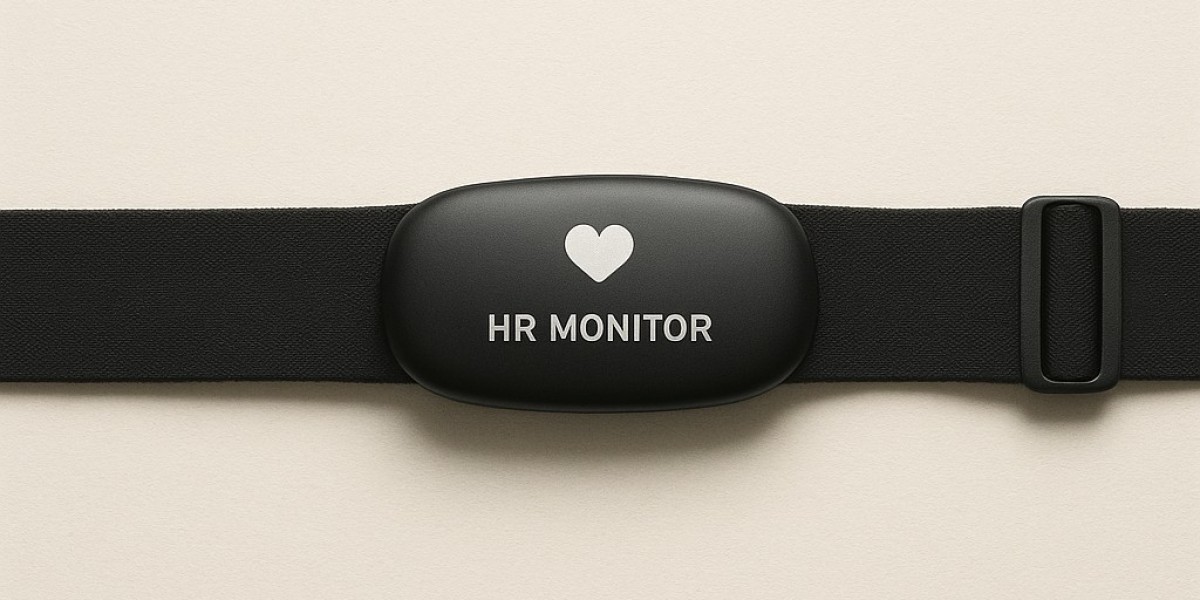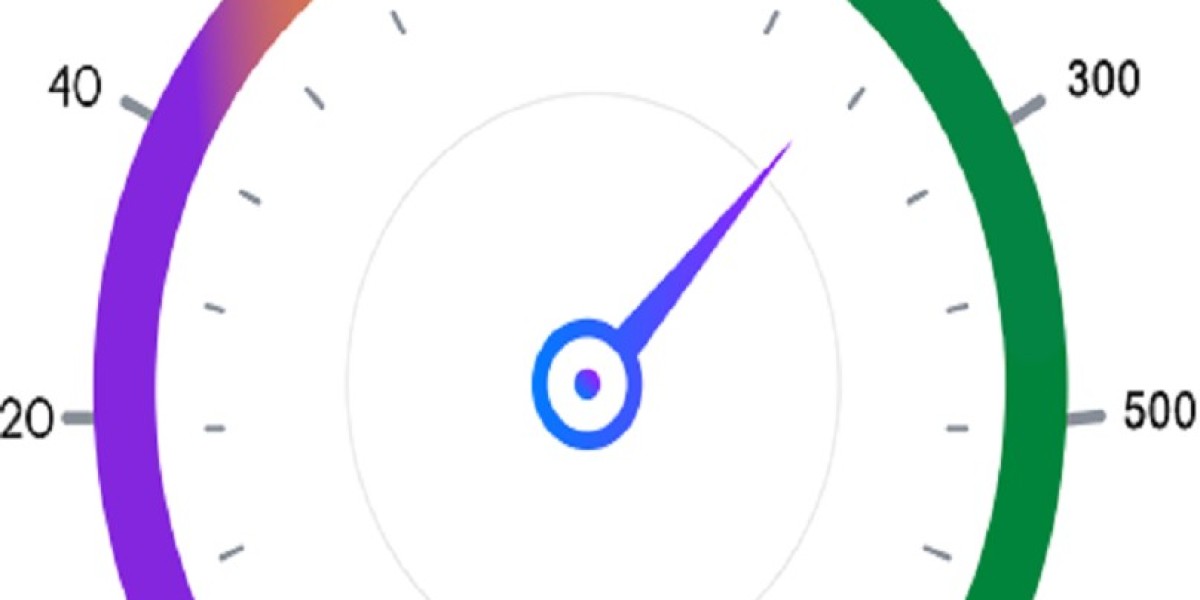In today’s fast-moving world, more people are focusing on health and fitness. Many of us want to track our heart rate while walking, running, cycling, or working out. One of the best ways to do that is by using a chest strap HR monitor.
A chest strap HR monitor is a smart fitness device that helps you check your heart rate in real-time. It sits on your chest and sends heart rate data to your phone, watch, or fitness app. Many people trust chest straps more than wrist devices because they are very accurate.
This article will help you understand everything about chest strap heart rate monitors. We’ll look at how they work, how to use them, and how they can improve your workouts. Whether you’re a beginner or a regular fitness lover, this guide is for you.
Let’s begin with the basics and move forward step by step.
What Is a Chest Strap Monitor?
A chest strap HR monitor is a heart rate tracking device that is worn around the chest. It has sensors that sit close to your heart and pick up electrical signals made by your heartbeat. These signals are then sent to a connected device like a smartphone or smartwatch.
Unlike wrist-based monitors that read blood flow under your skin, chest strap monitors measure your heart's electric activity. This makes them more accurate, especially when you're doing high-intensity workouts.
Most chest straps are made of soft, stretchy material and are comfortable to wear. They come with an adjustable band to fit your body properly. You just wrap it around your chest, below your chest muscles, and connect the sensor.
The main parts of a chest strap monitor include:
Sensor Pod: This small device collects your heart rate data.
Elastic Strap: This holds the sensor firmly to your chest.
Bluetooth or ANT+ Technology: This sends your data to an app or device.
Chest strap monitors are very useful for:
Tracking your heart rate in real time.
Understanding how hard you’re exercising.
Burning more calories.
Avoiding overtraining.
Improving your fitness over time.
If you care about accurate health tracking, a chest strap HR monitor is a great tool.
How Does It Actually Work?
The chest strap HR monitor works using a technology called electrocardiography (ECG). This is the same method doctors use to check your heart during a test called an ECG. The strap has built-in sensors that detect tiny electric signals produced when your heart beats.
Here’s how it works in simple steps:
You wear the chest strap tightly around your chest.
The sensors pick up your heartbeat signals.
These signals are converted into data.
The data is sent to your phone, smartwatch, or gym machine.
You can view your heart rate in real time on your screen.
Most chest straps use Bluetooth or ANT+ to connect to fitness apps like:
Strava
Garmin
Polar Beat
Wahoo Fitness
Zwift
Nike Training Club
The accuracy of chest strap monitors is excellent, even during heavy movement or intense activity. That’s why athletes and gym trainers often prefer them over wristbands or smartwatches.
Some models also offer extra features like:
Heart rate zone tracking
Training load monitoring
Recovery suggestions
Workout summaries
These features make the chest strap not just a heart rate reader but also a fitness guide.
Benefits Of Chest Strap HR Monitors
There are many strong reasons why people love chest strap HR monitors. Let’s look at the key benefits of using one:
1. High Accuracy
Chest straps give highly accurate heart rate data because they are close to your heart and read electric pulses directly. They are better than wristbands when it comes to real-time accuracy.
2. Real-Time Tracking
With a chest strap HR monitor, you can see your heart rate as it happens. This helps you know whether to push harder or slow down during workouts.
3. Better Workout Control
When you know your heart rate, you can stay in the right heart rate zone. That means you’re not overworking or underworking. You get better results and avoid injuries.
4. Improves Performance
Heart rate data helps athletes train smarter. They can plan workouts better, improve stamina, and track their progress more clearly.
5. Supports Many Apps and Devices
Most chest strap monitors work with top fitness apps and devices. You can connect them to treadmills, gym machines, smartphones, or smartwatches.
6. Durable and Comfortable
These devices are made for long use. They are sweat-proof, adjustable, and lightweight. You won’t even feel it after some time.
In short, chest strap HR monitors are a great tool if you want detailed fitness data, especially for serious training or goal-based workouts.
How To Use It Properly?
Using a chest strap HR monitor is very easy, even for beginners. Here’s how to wear and use it correctly to get the best results.
Step-by-Step Guide:
Wet the Sensors: Most chest straps need the sensors to be slightly wet for good contact with your skin. Use water or a little gel.
Wear It Right: Place the strap under your chest muscles, just below the chest bone. Make sure it fits snugly but not too tight.
Connect to App or Device: Turn on Bluetooth or ANT+ and connect the monitor to your app or smartwatch.
Start Your Activity: Begin your run, bike ride, gym session, or yoga.
Track Your Data: Watch your heart rate live. Many apps will also show your average, peak, and recovery heart rate.
Remove and Clean: After your workout, remove the strap, clean it with water, and hang it to dry.
Tips for Best Use:
Do not wear it over clothes. It must touch the skin.
Keep the sensor and strap clean.
Replace the battery every 6 to 12 months.
Store it in a dry place after each use.
By using your chest strap HR monitor properly, you will get accurate results and make your workouts more effective.








